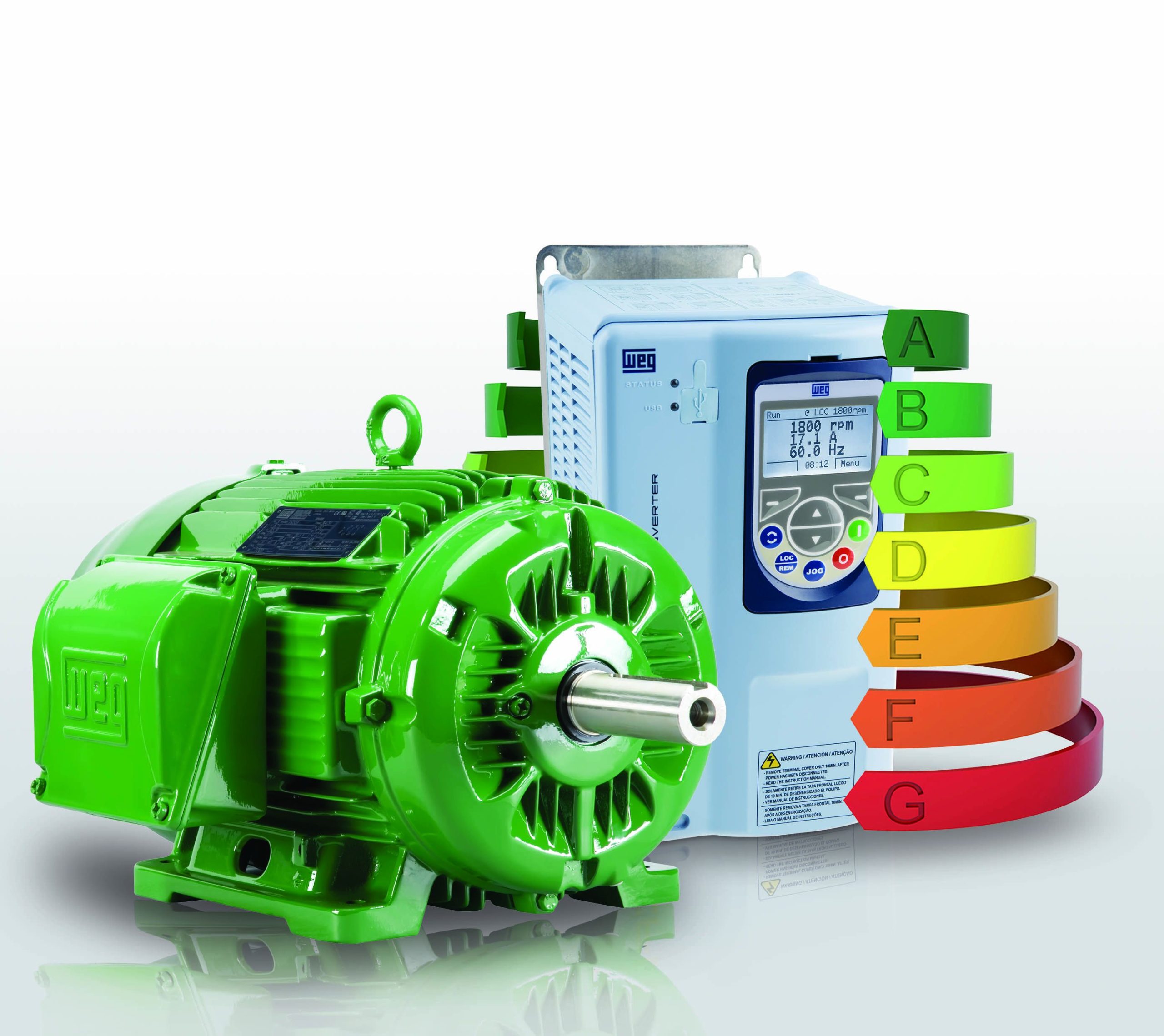Updates to the European Union’s (EU) 2019/1781 legislation, which applies ecodesign requirements for electric motors and variable speed drives (VSDs), may seem like more red tape. But could this tightening of legislation actually be an opportunity? Here, Marek Lukaszyzk, European and Middle East marketing manager at global motor specialist WEG, explains how the changes present an opportunity for industrial manufacturers to invest in more efficient motors and could help overcome rising energy costs.
The updated EU legislation, aimed at tightening ecodesign requirements, signifies another crucial shift towards sustainability in the manufacturing sector. This legislative shift can be seen as a catalyst for positive change. By recognising the potential, industrial manufacturers can turn compliance into an advantage and bolster their competitive edge.
The advancements in motor technology have paved the way for highly efficient and environmentally friendly solutions. Investing in these advanced motors can result in substantial long-term benefits for manufacturers, including reduced energy consumption and operating costs. By adhering to the updated EU legislation, companies can actively contribute to a greener future while simultaneously maximising their profitability.
For example, at an international level, opting for a more efficient motor can support overarching goals like the EU’s commitment to reduce greenhouse gas emissions to 40 per cent below 1990s levels by 2030. Whereas at an organisational level, the cost advantages of more efficient motors can offset rising electricity costs that, according to IBISWorld data, increased by 17.4 per cent in 2022 and could climb by 18 per cent in 2023.
However, before embracing these legislative changes as a strategic investment, it’s important to fully understand what this latest phase of changes really means.
New ecodesign energy requirements
The pending updates to the European regulations for Ecodesign are the second stage of the legislation changes, following the stricter regulations that came into effect in July 2021, setting out new energy efficiency standards for motors and drives.
From July 2023, motors with 2-, 4- or 6-poles that produce between 75 and 200 kilowatts (kW) of power must adhere to the International Efficiency Class 4 (IE4) super-premium efficiency rating. The IE classifications, set by the International Electrotechnical Commission (IEC) international standards organisation, apply to all types of line operated AC electric motors. They also include IE5 for ultra-premium efficiency, IE3 for premium efficiency, IE2 for high efficiency and IE1 for standard efficiency ratings.
The updated 2019/1781 EU regulations will, for the first time, include single-phase motors with any number of poles that produce over 0.1 kW of listed output. From now on, those models will be required to meet the IE2 standard.
The regulations also include motors that operate in hazardous Ex eb areas — for instance, oil and gas refineries where risks of explosions are higher. Motors that operate in these environments, and produce between 0.12 kW and 1,000 kW, will also be required to reach the IE2 standard as a minimum.
Greater transparency
The updated legislation will also require motor manufacturers to provide more in-depth information on the packaging of their products. This will include details on varying the speed of motors, and on how different loads affect the efficiency of the motor.
Although the regulations will only apply to motors that are new, they provide an opportunity for businesses to assess their current motor fleet and consider upgrading. With more efficient motors, plant managers can offset rising energy prices and be ready for the updated rules. With WEG as a trusted partner, industrial manufacturers can confidently embrace the evolving landscape and unlock the untapped potential of this transformative legislation.
To find out more about WEG’s range of electric motors, visit WEG’s website. To discover more about the upcoming ecodesign regulation changes, download WEG’s infographic here.


